Delightful coffee flower pattern, after several generations of coffee people continue to study and create?
Where do the flowers come from? Opinions vary in the industry on the origin of latte art. Some people say that latte art originated in Europe and the United States, is a difficult professional technology to attract the eye when displaying coffee; others say that in the 1980s, an American named David Schomer poured the milk into a concentrate when making takeout lattes for guests, and accidentally formed a beautiful pattern, which became the embryonic form of latte art.
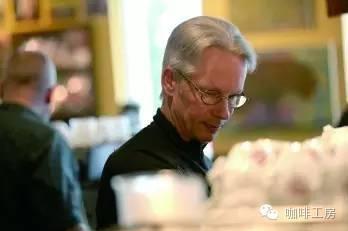
Although there are different opinions, it does not affect the charm of latte art at all. As soon as it appeared, it quickly swept the coffee industry with its exquisite and beautiful appearance. Baristas have also gradually developed a variety of different punching techniques, creating heart-shaped, leaf-shaped, tulip-shaped, rose-shaped and other delightful patterns in the cup. After several generations of coffee people's continuous research and creation, latte art has also developed from the beginning blindly pursuing the presentation of patterns to the realm of integrated foam density, espresso quality, fusion skills, and patterns in one state of color, flavor and flavor. The collision between coffee and art also opens another door to the coffee market: using latte art to attract customers to stimulate consumption and promote the popularization and development of coffee culture.
A brief Analysis of the Art School of latte
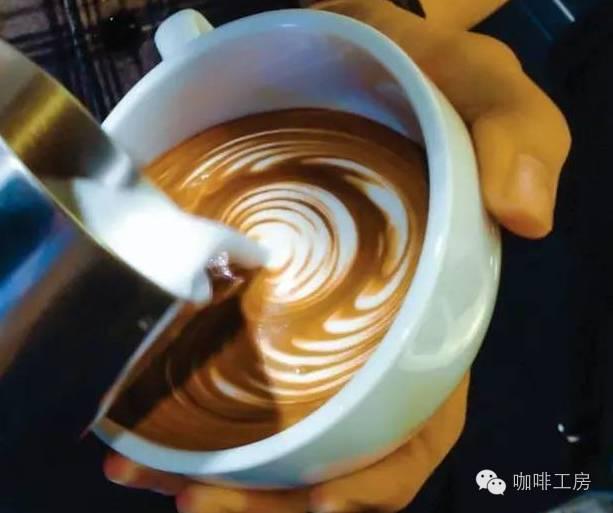
Like painting art, latte art also has schools, and one of the important factors contributing to its formation is the cultural differences of different countries. in addition, the differences in the evaluation criteria of latte events also directly lead to the diversity of flower drawing art.
At present, the two most influential latte art events in the coffee industry are:
1. The World Latte Art Competition (World Latte Art Championship, hereinafter referred to as WLAC), sponsored by the World Coffee Organization (WordCoffee Events, hereinafter referred to as WCE)-began in 2006
2. LatteArt World Championship Open-- organized by Coffee Fest started in 1992.
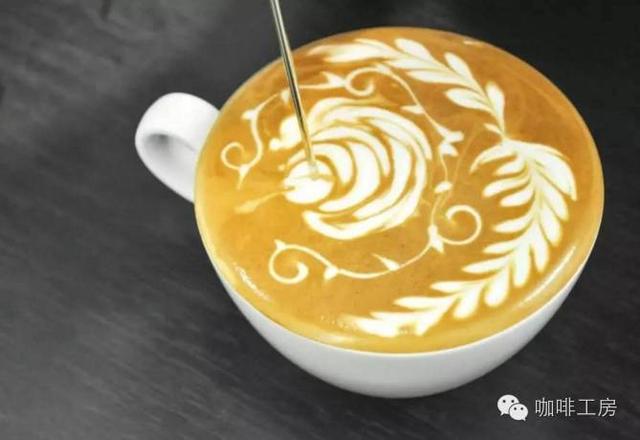
Yoshikawa Hisako Yoshikawa won the first place in the 2013 Japan Coffee draw Competition and the first place in the 2013 World Coffee draw Competition (Nice, France) (officially entered the barista industry in 2006, third in 2009 Japan Coffee draw Competition, and seventh in 2010 Japan Coffee draw Competition) her ROSE styling work is very novel, she is from OGAWA COFFEE
Throughout the latte art world, Asian works are among the best in all major competitions, and there is a tendency to sweep the top three in recent years. The development of latte art in Asia has also become the main reference basis for editors. based on the opinions of all parties, we classify latte art into three factions:
1 traditional academic school
This genre features only milk and coffee, pouring the foam directly into espresso (a technique known as Free Pour), using different dumping techniques and techniques to shape the pattern in the cup, emphasizing the aesthetic symmetry of the pattern and the sharpness of color contrast. This faction has high technical requirements for milk foam, and the lighter and denser the milk is, the easier it is to make patterns. (dot dot? That milk is more suitable for lattes! )
Advantages: soft taste, high food use, clear pattern lines, architectural beauty
Disadvantages: because there are no other auxiliary tools in the creative process, the presentation form of the pattern is relatively simple, mainly heart-shaped, leaves and flowers.
In the main combination, the color is only the two primary colors of coffee and milk, and the creative space is limited.
Japanese book
Pull out extremely fine lines on the coffee with thick milk and stack layers to form a pattern.
Representative figures:
Japanese barista Hiroshi Sawada, the 2008 Coffee Fest champion, has deep attainments in embossing.
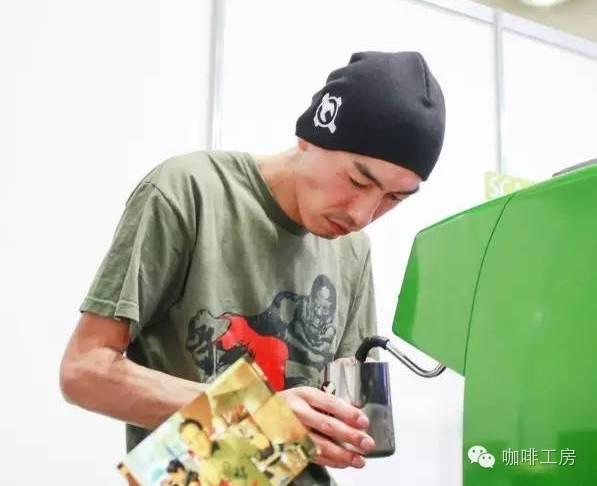
Junichi Yamaguchi spread the embossing technology through Facebook, quickly won a large number of fans, but also let this pull flower genre into its own vein, deeply recognized both inside and outside the industry.
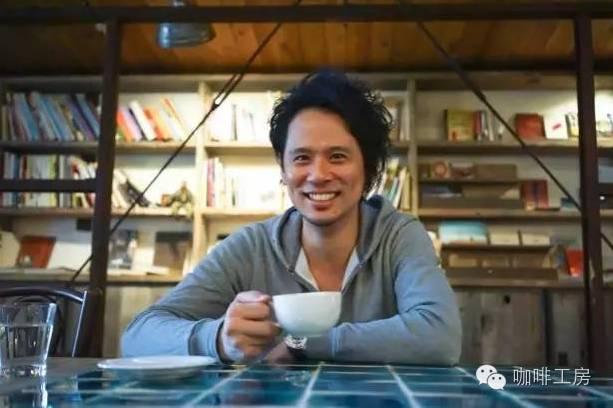
South Korea
Through the combination of different basic patterns to achieve visual beauty, in the early years to pull out more patterns in a cup of coffee is a very powerful thing.
YoungminLee, the father of Korean baristas, promoted latte art in Korea.
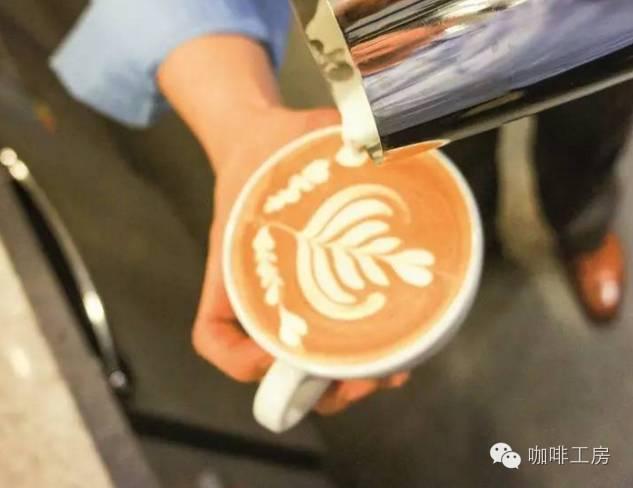
2 figurative expressionist school
The style of this faction is to restore various figurative objects to latte art, or to pour milk into espresso to present the basic figure, followed by carved needles and other tools and food pigments to outline lines. This faction is common in WLAC events. In recent years, it has also created a new world with changeable animal and plant patterns.
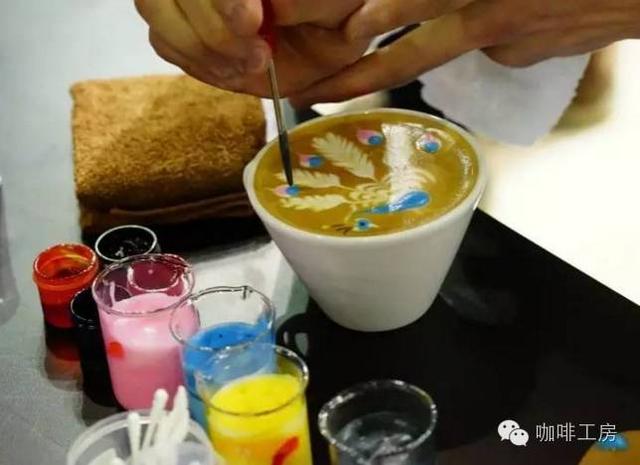
(the picture shows the art bar work of Li Tao, the runner-up in 2016WLAC China.)
Advantages: a wide variety of patterns, high value of art appreciation
Disadvantages: if the pattern is complex, the longer production process may affect the taste, in addition, due to the use of food pigments and tools, reduce the use of food.
Representative figures:
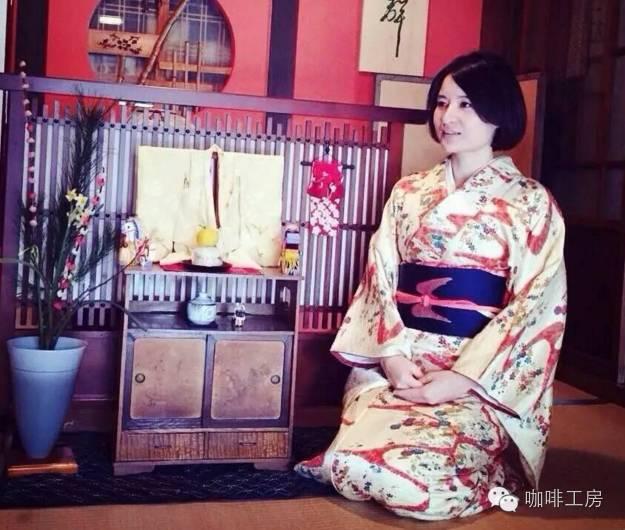
Hisako Yoshikawa from Japan opened up another field of latte art with its stunning rose patterns in the 2013 World pull Flower Art Competition.
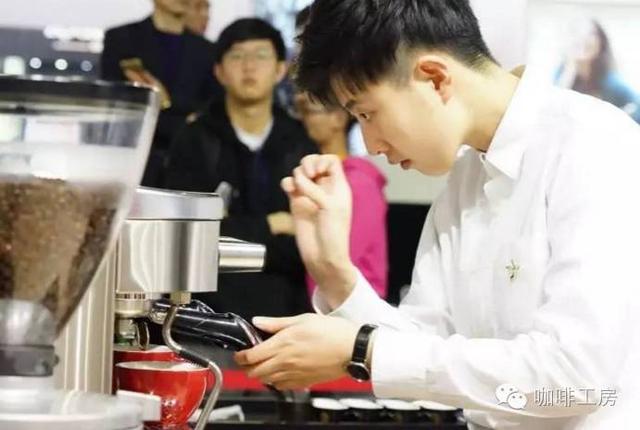
Lim Dong-Won, who has won many coffee competitions in Taiwan, created the swan pattern and will promote the development of early coffee flower drawing technology in China.
In the 2016WLAC China competition, Li Qi and Li Tao from Mellon Coffee won the first and second place with their solid technical skills and creative graphic design. One of the most impressive is that Li Qi created new ideas with sunsets, cranes, waves and other patterns. The picture of Yunhe created by champion Li Qi presents the Chinese-style figure of Yunhai Flying Crane with smooth lines and dynamic design. Speaking of the competition, Li Qi said: "the test of the flower competition is not just whether the contestants are skilled or not." As a barista, the affinity when interacting with people and the management ability of the bar are also the parts that the judges pay attention to. " Naturally fond of acting, although she was so nervous that her whole face flushed during the competition, she still did not forget to interact with the judges and express her ideas while completing the work.
With the development and growth of the Asian coffee market, the performance of Asian players in the international coffee competition is becoming more and more outstanding. This time, Li Qi chose the landscape map as the control, and the creative technique of abstract reduction to the flower cup opened up the creative world of coffee flowers. I believe that this creative technique will bring us more surprises in the near future, and we also look forward to her achieving good results in this year's world competition.
(3) Innovation and development school
The most typical representative of this school is to present artistic and creative two-dimensional and three-dimensional graphics in latte cups without limiting any conditions, using milk and coffee as basic materials, supplemented with various tools and seasonings. at present, this kind of faction is familiar with the methods of stacking milk bubbles in cups and shaping them into three-dimensional patterns with chocolate sauce and carving tools. And draw patterns directly in espresso cups containing milk with syrup and carved needles.
Advantages: very creative, closest to the art of painting and sculpture.
Disadvantages: low food use, low replicability, and difficulty in daily bar operation.
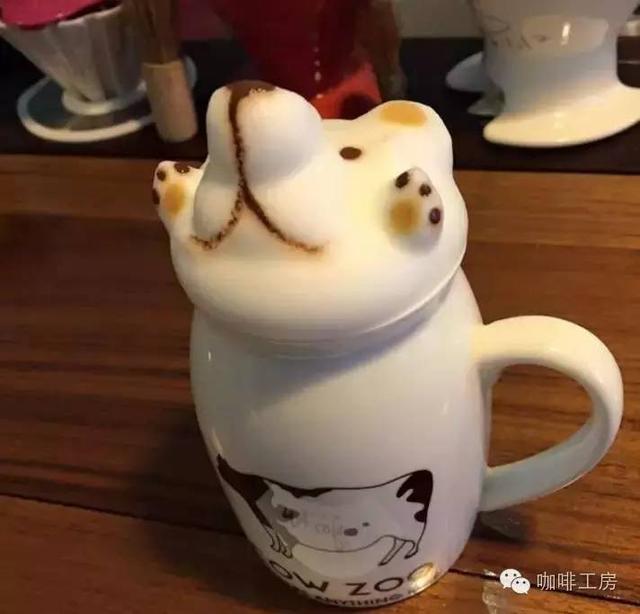
At present, this school is very popular in South Korea, where baristas have elevated the art of flower drawing to a new level and can even restore any pattern in a concentrated cup. In CTI magazine, Kanbing Lee also opens a column to show all enthusiasts the beauty of the art of flower drawing.
KangbinLee, a Korean barista, can even restore various patterns such as the Mona Lisa in the concentrated cup, in addition, by matching music, (kangbinlee's work is here)
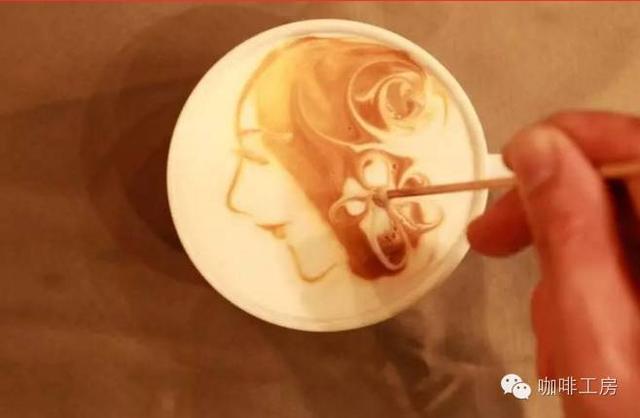
The flower-drawing technique of "encircling method" created by Chinese-American Sammy Lin
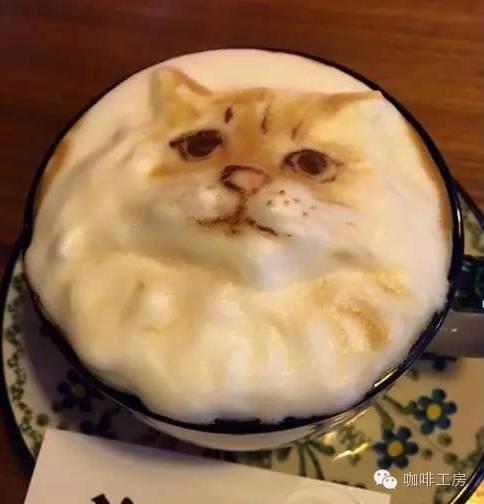
Taiwan's My cofi store manager Zhang Guifang, who is well-known for his 3D carvings based on a variety of cute cartoon characters on Facebook, is also a master of this faction.
Important Notice :
前街咖啡 FrontStreet Coffee has moved to new addredd:
FrontStreet Coffee Address: 315,Donghua East Road,GuangZhou
Tel:020 38364473
- Prev
Practice of drawing flowers with coffee without milk
Abstract: do you think you will pull flowers so handsome ~ do you think that you will pull flowers so handsome ~ do you think that you will be so handsome in your heart that you will soon want to do it on your own? si no si wants to do it right away! Come on, take some medicine to calm down, you know, many baristas have exhausted countless drops of grandma! Other dairy cows produce milk
- Next
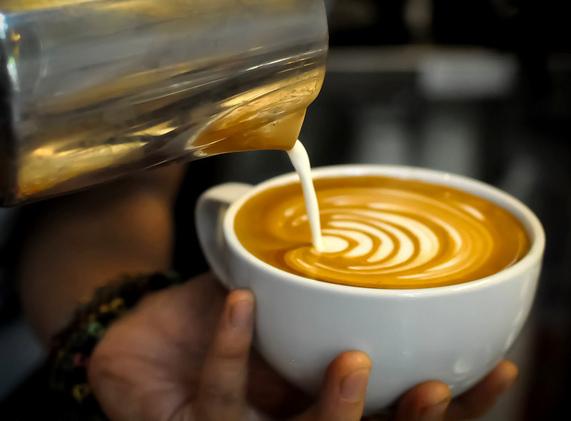
Coffee lace-- how to play with milk foam
The main points are as follows, look at it carefully! 1, can send good milk foam: whether you can make high-quality milk foam, will to a large extent determine the quality of pull flowers, especially for friends who are just learning to pull flowers, when the foam is done, pull flowers will be half successful. Pull leaves are usually found in lattes (of course, this is not absolute), and for lattes, milk foam is
Related
- What is the meaning of lactic acid fermentation with coffee bean treatment?
- How to judge the state of foam by sound?
- How does the latte pull out the unicorn pattern? Come to get for a little trick to improve the flower pull!
- Will flower pulling affect the taste of the latte?
- Do you know the history of coffee?
- The difference between honey treatment and sun washing what is raisin honey treatment?
- What kind of milk can a novice use to make coffee foam to keep the foam longer? The correct method and skills of milking tutorial sharing
- Why do washed coffee beans taste sour? Flavor characteristics of washed Coffee
- Introduction to the skill of how to practice the size and height of water injection around the circle of hand-brewed coffee
- How do beginners practice coffee flower drawing from scratch?


